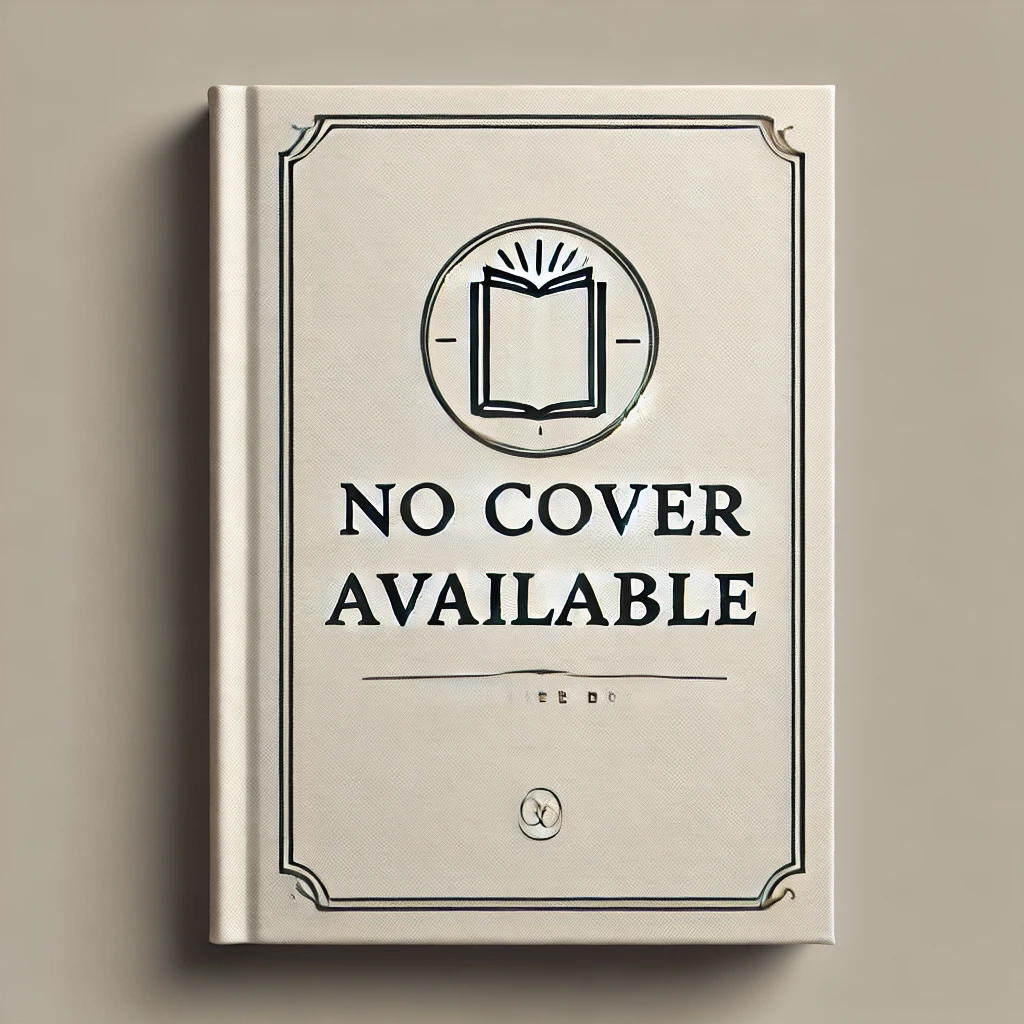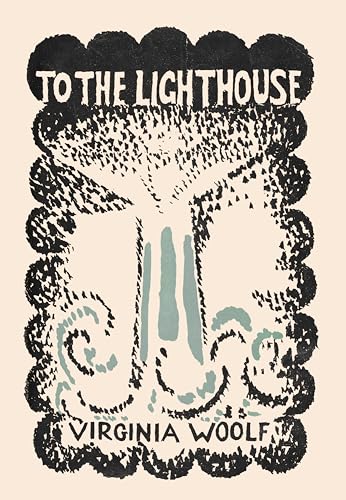First published in 1922, "Jacob's Room" is Virginia Woolf's third novel and a surprising and innovative departure from her other work. It is the life story of the character Jacob Flanders, from his childhood in pre-war England, through his time at Cambridge, and following him into his adulthood and travels abroad. The novel is told entirely from other character's viewpoints, most often from the women in Jacob's life, and focuses on their memories and feelings. Considered to be a highly experimental novel, "Jacob's Room" is a study in character development, as well as perception and emotion. Jacob primarily exists as a character or object in the lives of others and the reader experiences him through the eyes of the women rather than as an individual in his own right. Woolf, through the use of symbology, stream of consciousness, monologue, and brief dialogues, brilliantly focuses her novel on the psychology of her characters instead of any specific plot or action of the story. "Jacob's Room" is a critically acclaimed impressionistic work that focuses on the very meaning of existence and identity. This edition is printed on premium acid-free paper.
Virginia Woolf
Virginia Woolf was a prominent English writer and modernist literary figure. Known for her stream-of-consciousness writing style, she challenged traditional narrative structures and explored themes of gender, class, and mental health in her works. Some of her most notable works include "Mrs. Dalloway," "To the Lighthouse," and "Orlando." Woolf's contributions to literature include her innovative approach to character development and narrative technique, as well as her exploration of the inner lives of her characters. Her most famous work, "Mrs. Dalloway," is considered a masterpiece of modernist literature and a reflection of Woolf's unique literary voice. Woolf's impact on the literary genre is undeniable, as she paved the way for future generations of writers to experiment with form and style in their own works.



